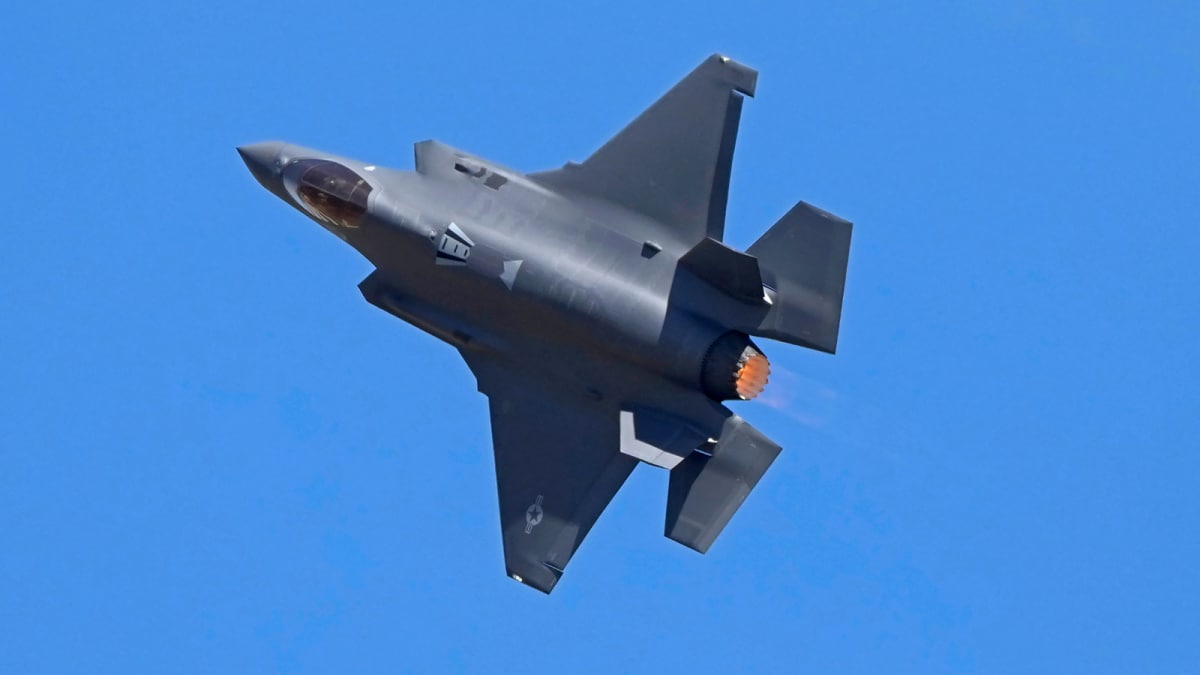ARTICLE AD BOX
The Indian Army's Lt Gen Amardeep Singh Aujla outlined a comprehensive vision for modern warfare and ammunition strategy, especially in the aftermath of Operation Sindoor. Speaking at the Ammo Power Conference, he stated, “We have just undertaken Phase One of Operation Sindoor, and it is still ongoing.”
His address emphasised the evolving nature of warfare, the Army’s preparedness, and the critical importance of indigenisation and industry collaboration in shaping India’s defence future.
EVOLVING NATURE OF WARFARE
Modern warfare is increasingly defined by speed, lethality, and precision. Rapid mobilisation and overwhelming firepower are now fundamental. In response, the Indian Army is strategically adapting to these challenges by integrating advanced technologies. Preparation for future conflict scenarios also includes readiness for artificial intelligence (AI), cyber warfare, and information warfare. Additionally, the development of counter-drone and counter-missile capabilities is becoming increasingly vital.
AMMUNITION: A COMBAT CORNERSTONE
Ammunition has become a cornerstone of combat effectiveness. The Indian Army aims to maintain round-the-clock operational readiness, with a strong emphasis on achieving 100% indigenisation. This goal demands rigorous training, robust stockpiling, and detailed strategic planning to ensure sustained supply during high-tempo operations.
CURRENT AMMUNITION LANDSCAPE
At present, the Indian Army utilises 175 types of ammunition. Of these, 154 are already indigenously produced. The remaining 21 include 12 types currently in trials, which are also of indigenous origin. This marks significant progress in building a self-reliant ammunition ecosystem, with the Army on course to achieve complete indigenisation soon.
PRIVATE SECTOR COLLABORATION
Around 20 private companies are actively working with the Indian Army to supply high-quality ammunition. These firms are delivering advanced solutions that support the Army’s modernisation drive and strengthen its inventory. This collaboration signals a shift toward a more capable, self-sufficient defence production ecosystem.
ADVANCEMENTS IN AMMUNITION TECHNOLOGY
The Army is broadening its ammunition spectrum to include precision-guided weapons, directed energy weapons, microwave and hybrid energy rounds, and loitering munitions across various classes. Additional innovations include polymer-cased cartridges and reconfigurable multi-tasking fuses. Non-linear systems, such as man-portable air defence systems (MANPADS), are also being incorporated. These advancements necessitate deeper collaboration between the military and private industry and research institutions.
STRATEGIC ROADMAP
The roadmap for ammunition indigenisation is clearly laid out. By 2025, the target is 100% indigenisation accompanied by advanced training programs. By 2030, the goal is to add at least two more global supply sources and begin ammunition exports. Achieving this vision will require diversifying defence partnerships and formulating a cohesive national ammunition strategy.
KEY CHALLENGES
Significant hurdles remain. Current production capacity is insufficient: propellant output must increase four- to five-fold, explosives production by two to three times, and fuse manufacturing must double. Supply chain vulnerabilities and dependence on foreign suppliers are critical concerns. To overcome these, a unified approach involving users, industry stakeholders, and policymakers is essential.
ENSURING QUALITY, SAFETY, AND STANDARDS
Over the past decade, the Army has reported 700 ammunition-related accidents—underscoring the urgent need for strict quality control. The Directorate General of Quality Assurance (DGQA) is intensifying its oversight while providing greater flexibility to the private sector. However, quality standards will not be compromised. Shortages of critical raw materials must also be urgently addressed.
DRIVING COLLABORATION AND INNOVATION
Strategic partnerships and joint ventures must be promoted to build an ecosystem capable of full-system production and rapid scaling. Fast-tracked policy approvals, innovation hubs, and a shift in the defence-industrial mindset are crucial. Industry must evolve from acting as mere suppliers to becoming strategic partners in national defence.
BUILDING THE FUTURE IN LABS, NOT JUST BATTLEFIELDS
Lt Gen Aujla stressed that the Indian Army’s future will be shaped not only on the battlefield but also in research labs, testing facilities, and manufacturing plants. Technologically advanced, intelligent, and secure ammunition systems are no longer a luxury—they are a strategic necessity.
“There is an urgent need to come together and build an ecosystem that delivers smart, battle-ready solutions,” he said. Drawing lessons from Operation Sindoor and global conflicts, he emphasised that India now has a unique opportunity to develop a self-reliant and resilient defence ecosystem—and must act decisively.
- Ends
Published On:
Jul 30, 2025
Tune In



.png)
.png)
.png)
















 1 day ago
6
1 day ago
6








 English (US) ·
English (US) ·